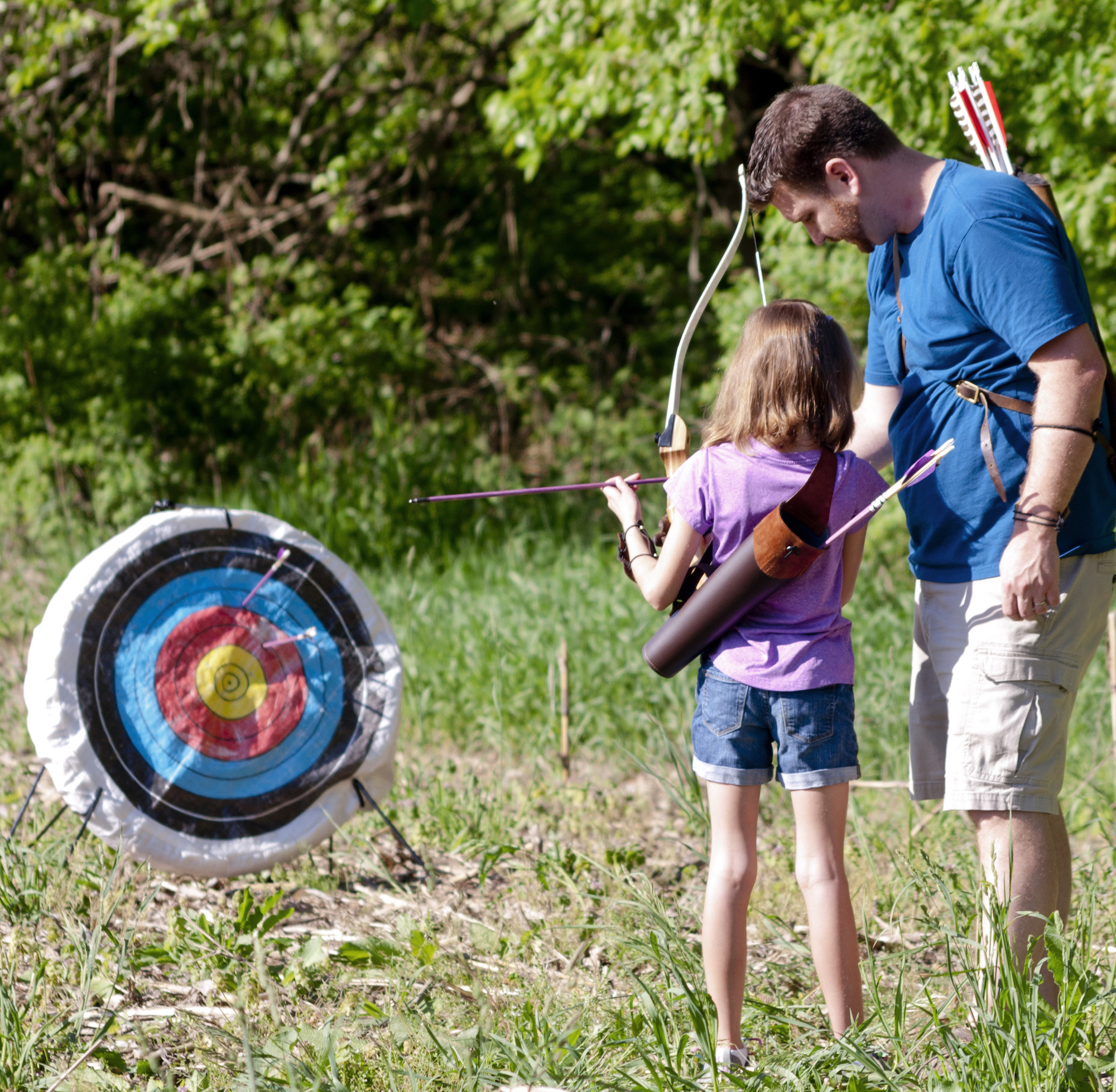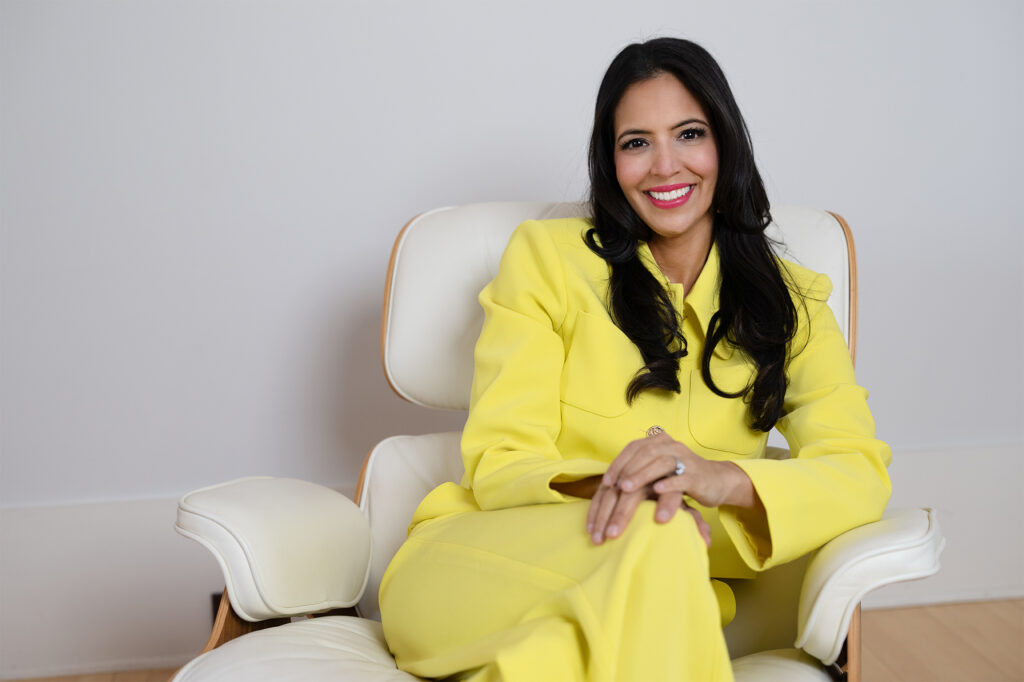For enthusiasts, archery hits the mark. It’s a sport that demands great concentration, precision, calm, and a little bit of luck. If the wind is not just right, an arrow can glance off a target and sail into a dead zone. It’s a sport that requires dedication but can be enjoyed solo or with a group. And as the pandemic continues to unfurl, archery has become a bandaid for the loneliness of social distancing. More and more families are picking up bows and arrows and turning backyards and family rooms into archery fields. Some participants even have garnered enough experience to compete in the Olympics and at national and international competitions. It’s a sport that has found a niche in the American sporting psyche.
Social distancing during the pandemic has made archery the latest entertainment target for families seeking outside recreational opportunities. It is also a competitive sport for the archery cognoscente that dates all the way back to the Stone Age.
The first known organized archery competition was held in Finsbury, England in 1583 and had 3,000 participants. By the time of the 30 Years War (1618-1648) it was clear that, due to the introduction of gunpowder, the bow as a weapon belonged to the past. No longer a weapon of destruction, archery found its mark in recreational and sporting venues. Today, more than 23 million Americans age 18 and older are involved in archery programs and competitions from coast-to-coast.
Yankton, South Dakota hosted this year’s Hyundai Archery World Cup from September 29 to 30, and immediately after, the Hyundai World Archery Championships to end the current outdoor season and complete the 15th year of the international circuit. It is the first time the annual event was hosted in the United States and the first time these two tournaments ran consecutively in the same location. Eight archers competed in each division for the coveted Hyundai Archery World Cup Champion titles. The event was hosted by the National Field Archery Association (NFAA) Foundation at its headquarters, the Yankton NFAA Easton Archery Center, with an endorsement from USA Archery, World Archery’s member association in the United States.
“This event was our biggest challenge yet when it came to delivering an international tournament at the highest level,’’ said NFAA Foundations President Bruce Cull. “We knew how much this event meant to the archery community and to the growth of our sport, and we had to show everyone how versatile archery is for both competitive archers and for families interested in recreational archery,’’ said Cull. Cull was also quick to point out that archery has also gotten a healthy boost in recognition from a string of popular films. “Movies such as ‘The Hunger Games,’ along with other exposure to the sport, have led to a sharp rise in participation, especially among two demographics: women and children,’’ Cull added.
In the 2012 film, “The Hunger Games,” 16-year-old Katniss Everdeen (Jennifer Lawrence) used a bow and arrow to hunt for food and later to protect herself in a cruel battle to the death set up by a wealthy government. Another movie that had a similar positive impact on the sport of archery was “Brave.” In the computer-animated fantasy, Merida (Kelly Macdonald), the impetuous but courageous daughter of Scottish King Fergus (Billy Connolly) and Queen Elinor (Emma Thompson), is a skilled archer who wants to carve out her own path in life. Her defiance of an old-age tradition angers many people. That film was the spark that ignited the archery career of 14-year-old Liko Arreola of Maui, Hawaii. “I loved the film, and it really got me interested in archery,’’ said Liko, who is now coached by her father, Ryan. In June, Liko competed at her first USAT (United States Archery Team) tournament in Chula Vista, California, at the SoCal Showdown. The USAT holds several series of events throughout the year nationwide for those seeking to qualify for the Junior USA Archery Team. At the SoCal Showdown, Liko competed in the cadet division (15-17-year-olds) and was able to place first for the qualification round and won gold in eliminations. Her parents, Teri and Ryan, report that the sport demands focus, patience, and lots of practice. The family has even converted a hall in the house for practice sessions to avoid adverse weather conditions. And practice makes perfect.
In April, Liko had the rare opportunity to compete at the Vegas Shoot in the Women’s Championship Compound Division with female professionals. The NFAA made an exception for this one year to allow any age group to compete in the championship divisions. Liko finished in first place in the Women’s Championship Compound Division, scoring a clean 900. Like most gifted athletes, Liko’s main goals are to further her education by attending a college with an archery program, to participate in as many archery programs as possible, and to qualify for the USA Archery Team.
But not all archers have such lofty goals. For some, it’s simply about being with family and friends. Jonathan Karch, owner of 3Rivers Archery in Ashley, Indiana, said the sport is both a business and a family affair. “It’s a sport that builds close friendships and demands discipline,’’ Karch said. “Because of all the COVID pandemic restrictions, more families switched to archery this summer because they can do it right in their own backyard,’’ said Karch.
And when classes begin again this fall, many children will be able to continue their archery adventures at school. The National Archery in Schools Program, which attempts to incorporate archery into classes, has grown from 21 schools in 2002 to more than 13,000 today. At Culver Summer Schools in Culver, Indiana, archery remains the most popular summer activity, with more than 200 participants from the Woodcraft Camp. The sport is poised to make even more daunting academic inroads, as archery is fast emerging as a popular sport for colleges and universities. Through generous support from the Easton Foundation, USA Archery will offer a new program to build archery teams or clubs at schools that do not yet have a program. The grants, in excess of $5,000 in value, include the necessary equipment and resources to assist in the formation of an archery program.
“One of the big advantages to archery is that it is an individual and team sport that can be done inside or outdoors, utilizing existing recreational spaces,’’ said Dee Wilde, who was voted the best Olympic archery coach in 2006. “It’s just a great sport,’’ said Wilde of Pocatello, Idaho. Paige Pearce, a world champion archer from Red Bluff, California, said it’s a sport where one can easily achieve quick entry into a respectable level of performance at an economical price. “Arrows can be reused, as well as other equipment,’’ said Pearce, who travels more than 200,000 miles a year competing in the sport she has been involved with since she was 2. “It’s a sport that lets you build a community of friendships that last a lifetime,’’ she said.













